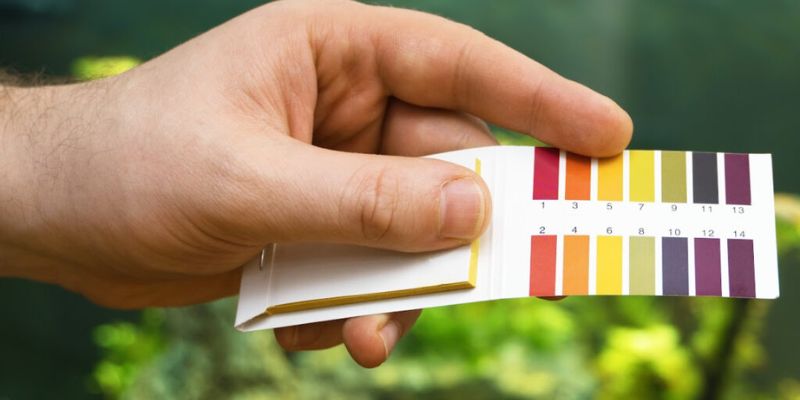One of the most important things to think about while trying to keep your fish tank in tip-top shape is the pH level of the water. The acidity or alkalinity of the water, as measured by the pH scale, is crucial to the health of your fish. Here, we’ll show you “How to Lower Ph in Fish Aquarium Tank in 2023?”.
The Importance of pH and Its Measurement
The amount of hydrogen ions present in liquids is proportional to their pH value. The range is from 0 to 14, with 0 indicating the most acidic, 7 representing neutral, and 14 indicating the most alkaline. It’s important to keep your fish tank at the optimal pH level, as different fish species require slightly different conditions to grow.
Reasons to Lower Ph in Fish Aquarium Tank
There are many reasons why it’s important to keep your fish tank’s pH at just the right level:
- A Healthy Fish: Fish exposed to extremely low or high pH levels may die. Maintaining a pH balance that allows for optimal growth is very beneficial.
- The effectiveness of your tank’s biological filtration is influenced by the water’s pH level. Toxins are neutralized and helpful microorganisms thrive when the pH is just right.
- If you have living plants in your aquarium, it’s important to keep the water at the optimal pH level so they may thrive and absorb nutrients.
How to Lower Ph in Fish Aquarium Tank in 2023?
Now that we know how crucial it is to keep the pH of our fish tank at just the right level, let’s examine the measures you may take to bring it down:
Determine the pH of the Environment
Knowing the pH level of your aquarium water is essential before making any changes. Most pet stores and aquarium supply shops will provide pH test kits that you can use. To get a reliable result, use the kit exactly as directed.
Pick the Appropriate Strategy
Several strategies exist for reducing the pH level in an aquarium. Some proven methods are as follows:
Peat Moss Use: Peat moss is a non-chemical means of reducing the pH level. Put it in a mesh bag and put it either in the filter of your aquarium or in the tank itself.
Employing Driftwood: Tannins from driftwood naturally dilute the water’s acidity. If you don’t want the water in your tank to turn colors too quickly, soak the driftwood first.
Using Store-Bought Acid Reducers to Lower the pH: The pH of an aquarium can be adjusted with commercially available products. Dosage and application should be carried out in accordance with the manufacturer’s recommendations.
Modify Slightly
Keep in mind that extreme shifts in pH might be stressful for your fish. To avoid this, the pH level should be gradually altered. Regular testing and tiny adjustments to the pH level will get the water just right for your fish.
Species of Fish
Fish of many species prefer water of varying pH levels. Learn what the fish in your aquarium need in terms of pH level, and try to maintain that level. There are fish species that can only survive in slightly acidic water, whereas others do well in more alkaline environments. You can improve the health of your pets by making the environment more like their natural one.
Keep the pH Balance in Check
Once the pH in your fish tank has been properly decreased, it must be constantly maintained. The pH should be checked on a regular basis to make sure it stays within the acceptable range. Maintaining a high standard of water quality for your fish requires regular filter cleanings and water changes.
Conclusion
The health of your fish and the stability of the ecosystem depend on you keeping the pH level in the aquarium at just the right level. Reducing the pH and making the water safe for fish and other aquatic pets is easy if you follow the advice in this article. Keep in mind that changes should be made gradually, that different fish species have different requirements, and that pH levels should be monitored frequently.

